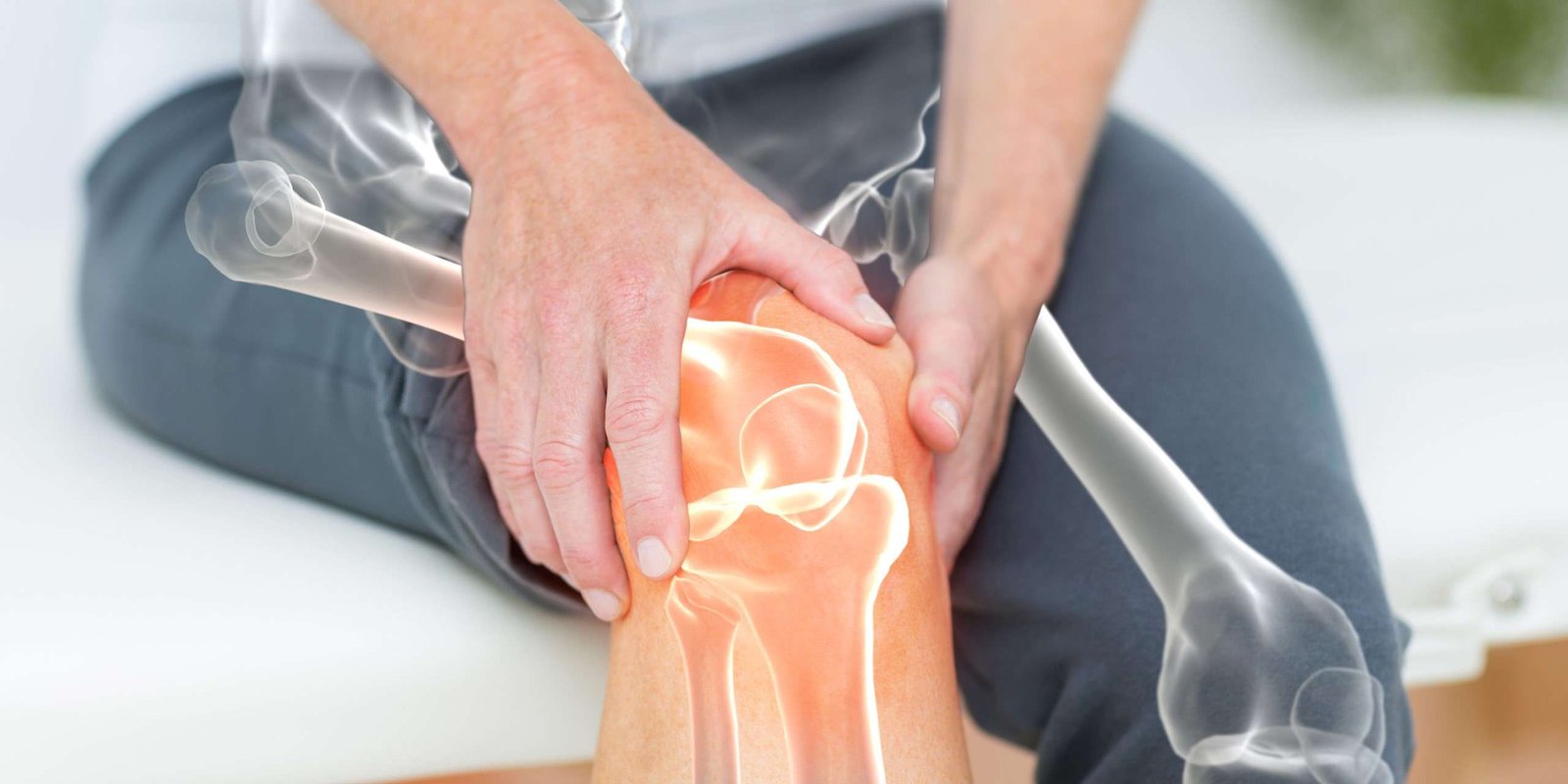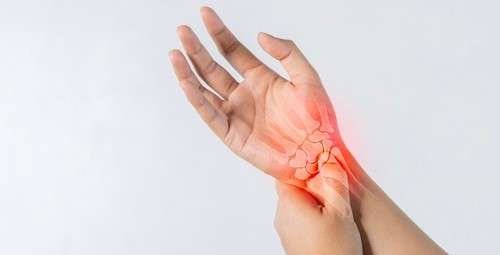
Bone pain can be more than a passing ache. Whether it’s a deep throb after an injury, an ongoing ache with age, or sudden stiffness that limits movement — bone pain deserves attention. This guide explains common causes, what Ayurveda looks for, safe self-care steps, and when to seek expert help. Read on for clear, easy-to-follow advice.
What is bone pain?
Bone pain feels different from muscle soreness. It is often deep, localized, and can continue even at rest. You may notice tenderness over a bone, aching that worsens at night, or pain that increases with activity. If pain is sharp, severe, or accompanied by fever, get urgent medical help.
Common causes of bone pain
- Injury or fracture: trauma can damage bone and cause acute pain.
- Osteoporosis: weak bones break or ache more easily as we age.
- Osteoarthritis: joint degeneration can refer pain into nearby bones.
- Infections (osteomyelitis): may cause persistent, severe pain and fever.
- Nutritional deficiencies: low vitamin D or calcium can lead to bone discomfort.
- Inflammatory conditions: autoimmune diseases can cause joint and bone pain.
- Overuse and stress fractures: common in athletes and runners.
If you are unsure about the cause, it’s important to get a proper diagnosis.
How Ayurveda understands bone pain
In Ayurveda, many cases of bone pain are linked to aggravated Vata (the dosha of movement) and weakened Asthi dhatu (bone tissue). Vata imbalance causes dryness, stiffness, and poor circulation around bones and joints. Ayurvedic care aims to calm Vata, nourish the tissues, and restore digestive fire (Agni) so nutrients properly reach the bones.

Signs that need immediate medical attention
Seek urgent care if bone pain is accompanied by:
- High fever, chills, or redness and swelling over the area.
- Sudden severe pain after a fall or injury.
- Numbness, weakness, or loss of limb function.
- Unexplained weight loss or night sweats.
These can indicate infection, fracture, or other serious conditions.
Safe self-care for bone pain (what you can do at home)
These measures help manage mild to moderate bone aches and support recovery:
- Rest and avoid strain. Give the painful area time to heal.
- Support with heat or cold. Use ice for acute injuries (first 48–72 hours). Use warm compresses for chronic stiffness to improve circulation.
- Gentle movement. Short, pain-free walks and range-of-motion exercises prevent stiffness. Stop if pain increases.
- Nutrition for bone health. Include calcium-rich foods (milk, ragi, sesame seeds), vitamin D (sunlight, fortified foods), and protein.
- Hydration and digestion. Good digestion (Agni) helps the body absorb bone-building nutrients. Sip warm water and avoid heavy, hard-to-digest meals.
- Over-the-counter pain relief only as directed and short-term. Discuss with your doctor if you need longer use.
- Topical Ayurvedic oils. Medicated oils like Vedic Upchar Paingesic Oil (for external use) can soothe stiffness and aid circulation when massaged gently.
Ayurvedic supports commonly used (under professional guidance)
- Hadjod (Cissus quadrangularis): traditionally used to support bone healing.
- Ashwagandha: strengthens tissues and reduces stress-related imbalance.
- Shallaki (Boswellia): helps reduce inflammatory pain around joints.
- Triphala: supports digestion and detoxification, improving nutrient uptake.
Note: Always consult an Ayurvedic physician before starting internal herbs, especially if you take other medications.
Exercises that help
Low-impact activity supports bone strength and reduces pain when done correctly:
- Walking or swimming for cardiovascular support.
- Gentle yoga poses to improve alignment and reduce stiffness (e.g., Tadasana, Bhujangasana).
- Strengthening with light resistance to preserve bone mass.
Work with a physiotherapist or Ayurvedic practitioner to adapt exercises for your condition.
When to consult an expert
If bone pain persists beyond a few weeks, worsens, or limits daily activity, get a professional evaluation. Testing (X-ray, bone density scan, blood tests) may be needed to find the root cause. For personalised Ayurvedic diagnosis and a treatment plan — including herbs, medicated oils, diet, and therapies such as gentle external treatments or Panchakarma when appropriate — consult a qualified Ayurvedic doctor.
👉 Book an Ayurvedic consultation with Vedic Upchar:
https://vedicupchar.com/doctor-consultation/
Final notes — stay safe and proactive
Bone pain is a signal your body needs attention. Early care, good nutrition, appropriate movement, and expert guidance help most people restore comfort and function. Avoid ignoring persistent pain — timely assessment leads to better outcomes.